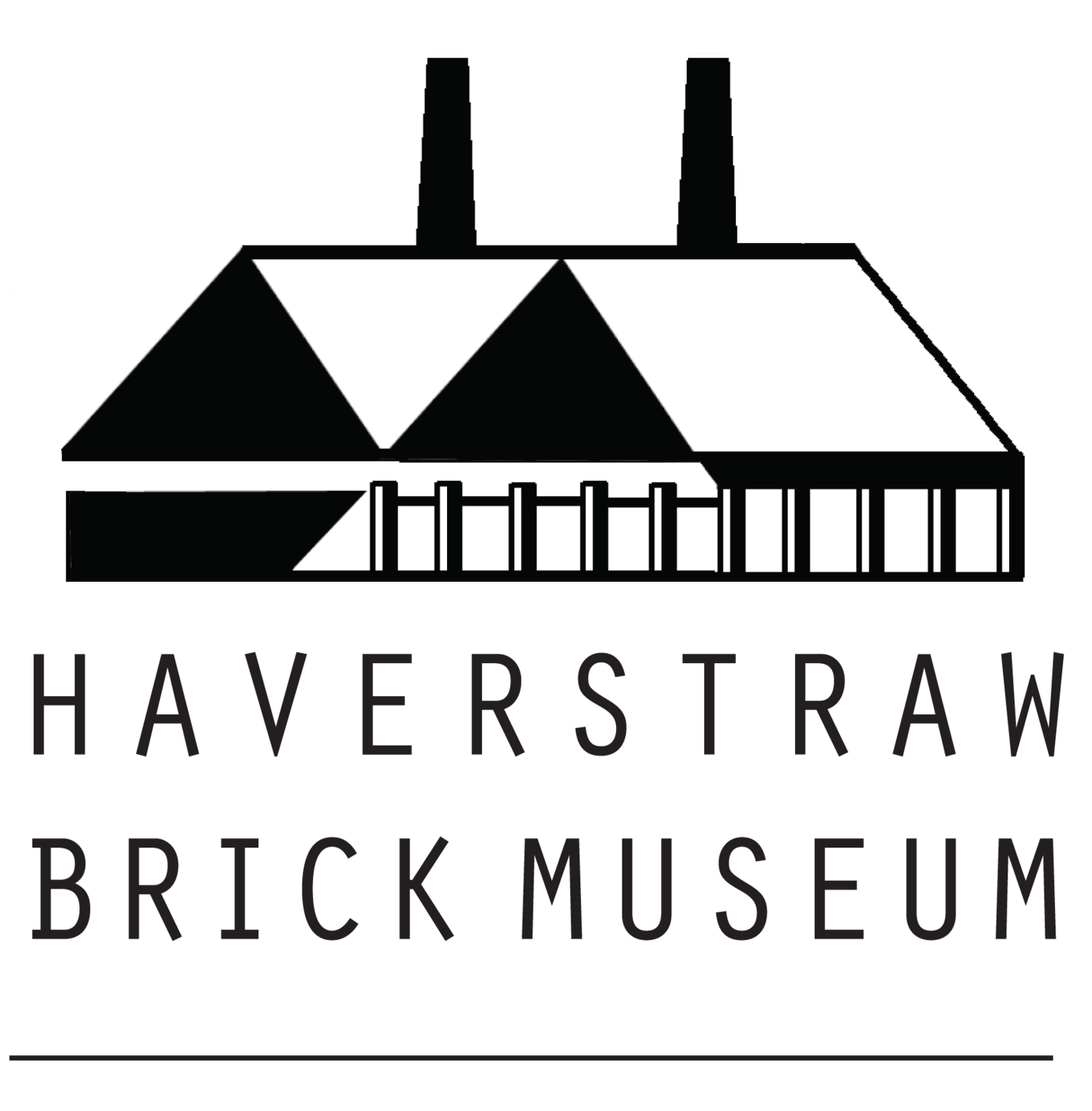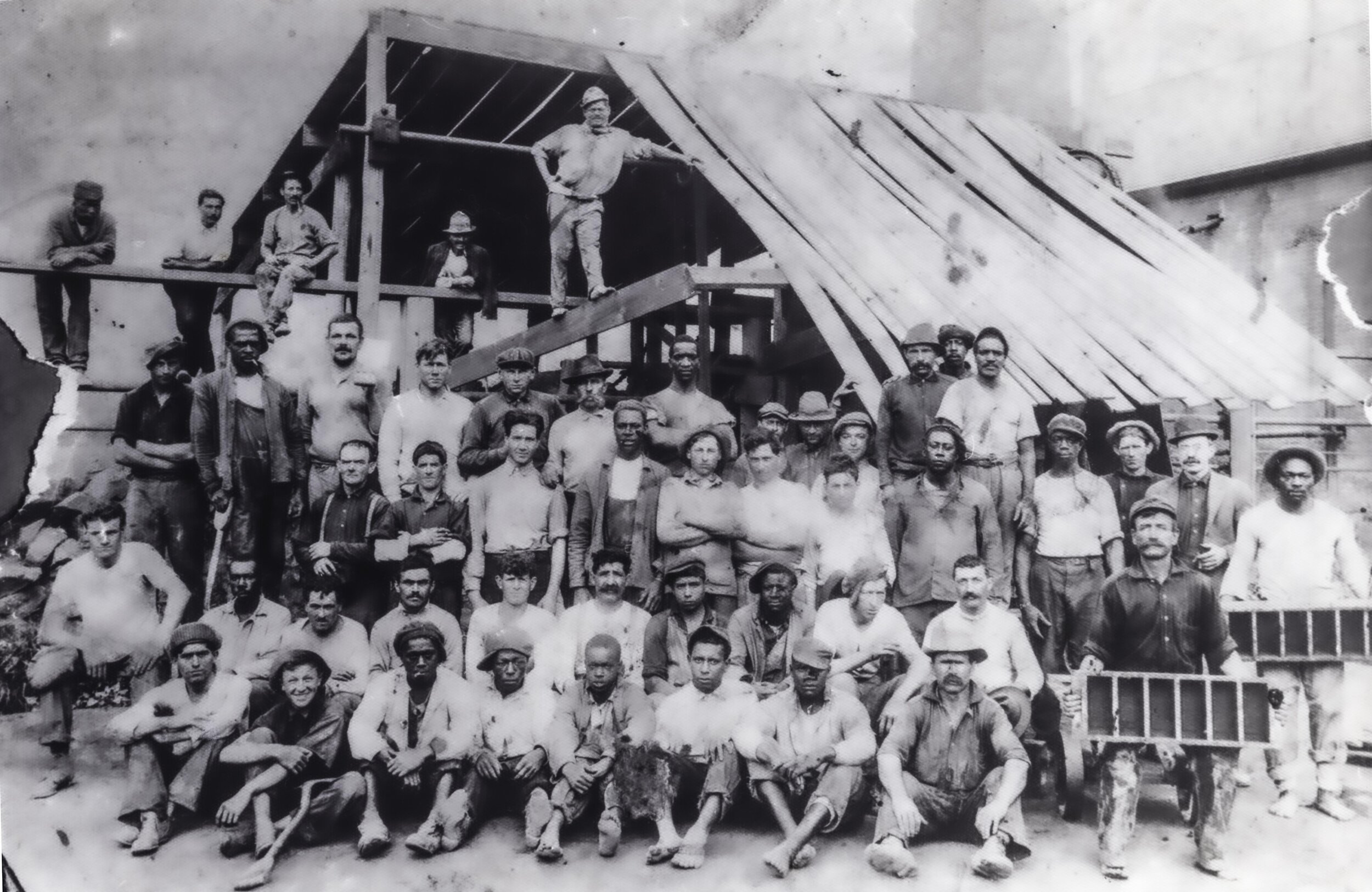IMMIGRATION & MIGRATION
By 1893, due to overproduction, and increased competition, brick prices begin to fall as low as $4.00 per thousand. Labor unions began to rise as economic depression led to unrest and agitation became more prevalent among the Hudson Valley brick workers.The Haverstraw brick makers formed the Haverstraw Brick-makers Association to obtain fair steady profits and higher wages for the workers
TIMELINE
1846— Irish immigration to the Hudson Valley because of the Great Hunger begins— with many Irish being employed by the brickmaking industry
1880-92— Italian immigration begins from mostly southern Italy because of free trade policies
1892— Ellis Island Opens —Low steamship costs lead to a huge wave of new immigrants
1900- THE GREAT MIGRATION—By the 1900’s significant numbers of African Americans move to Haverstraw from Virginia, Georgia and the Carolinas from where they were recruited to work in the brickyards. By this time they constitute nearly 60% of the brickyard labor force. The Peck and De Noyelles brickyards, recruited heavily, often paying passage for workers who wanted to make the trip north. This migration was documented beautifully by the artist Jacob Lawrence in his Migration Series owned by the Whitney Museum in New York.
In the late 1800’s brickyard workers were mostly Irish and Italian immigrants who came north to Haverstraw to escape overcrowded living conditions in downtown Manhattan where often four or more families lived in one room. This photo circa 1896 from the Haverstraw Brick Museum Archives shows Morissey Brickyard workers, with probably Mr Morissey in cut away coat.
Children ice-skating a clay hole circa 1908. Note the tenements in the background. Photo courtesy of the Haverstraw Brick Museum Archives.
HOUSING CONDITIONS
Clay pits made from excavating for clay to make bricks were often left to fill in with water in the winter when the brick season ended. The frozen water would thaw in the spring and be pumped out into the Hudson River, so brick-making could resume. The constant freezing and exposure of clay sediment created instability with the clay banks. While housing for the workers in Haverstraw was undoubtedly better than the conditions in lower Manhattan, NY, they were often perched directly on the very edge of the clay hole banks. Rather ramshackle and made from wood, these tenements were far from safe.
This photo circa 1904, shows tenement housing perched on the edges of the clay pit in the spring before it was pumped for clay excavation. Photo courtesy of the Haverstraw Museum Archives
A brickyard store circa 1905. These small stores were located on the brickyard premises for the workers and were closed when the brick-making season ended. Photo donated by Jack Berrian, Haverstraw Brick Museum Archives.
By the mid 1900’s living conditions had improved and tenements were made with bricks. This photo shows the brickyard workers homes in the Roseville section of Haverstraw. Rents were $3.00-$4.00 a month. Photo circa 1900, from the Haverstraw Brick Museum Archives.
De Noyelles Brick Co. showing the burning shed with workers opening a newly burned Scove Kiln circa 1925 from of the Haverstraw Brick Museum Archives, De Noyelles Collection
Clay hole tenement housing Roseville area, photo Tom Sullivan, circa 1900’s. Photo courtesy of the Haverstraw Brick Museum Archives.
Tenement homes precariously perched on the rim of the clay hole shows an example of clay how clay digging undermined the foundations of the houses. Photo circa 1902, courtesy of the Haverstraw Brick Museum Archives.
Malley’s Brickyard workers circa 1900’s from the Haverstraw Brick Museum Archives.
Child Labor
Children were often employed in the brickyards as a way to learn the trade and make extra money for their families. They were often paid to turn and “hack” green brick (the term for stacking) for drying. A complete hack contains 10,000-12,000 bricks and was hard work. Green Bricks could take one to three days and nights to dry depending on the weather.
Children edging “green brick”, North Rockland Brickyard, circa 1900 courtesy of the Haverstraw Brick Museum Archives.











